The Aqara FP2 presence sensor is a new generation of motion sensors for smarthomes. Unlike traditional PIR sensors, the FP2 is based on mmWave technology and detects even people who are not moving. It can distinguish up to five different people and is equipped with an ambient light sensor. The new sensor is available immediately.
Differences to conventional motion detectors
A mmWave sensor is a radar system based on millimeter wave technology. It works by continuously sending short radar pulses into space and reflecting the signals. The result is a point cloud that can be represented as a three-dimensional image of space. This enables the mmWave sensor to provide very accurate information about the environment and objects in it, such as movements, positions and occupancy states.

Unlike a PIR motion detector, an mmWave sensor is able to detect the smallest of movements, such as typing on a keyboard or the breathing of a sleeping person. It can also detect the occupancy situation of certain zones within the room, for example, to check whether someone is sitting at a desk or lying in bed. The sensor can even distinguish between several people.
Scope of delivery and installation
The Aqara FP2 is not only visually different from conventional motion sensors. mmWave technology requires a fixed power supply and is mounted on the wall. The sensor is easy to install and flexibly adjustable thanks to a magnetic base and a USB-C port in the stand.

While everything for mounting is included, including screws, dowels, adhesive surfaces and metal plates, a power supply is missing. However, this should already be available in most households.
We initially positioned the sensor on the ceiling, as we assumed this would give us the best overview. However, this turned out to be a fallacy. Ceiling mounting is recommended for fall detection, but if you want to use accurate positioning of people in the room, the sensor should be mounted on the wall.
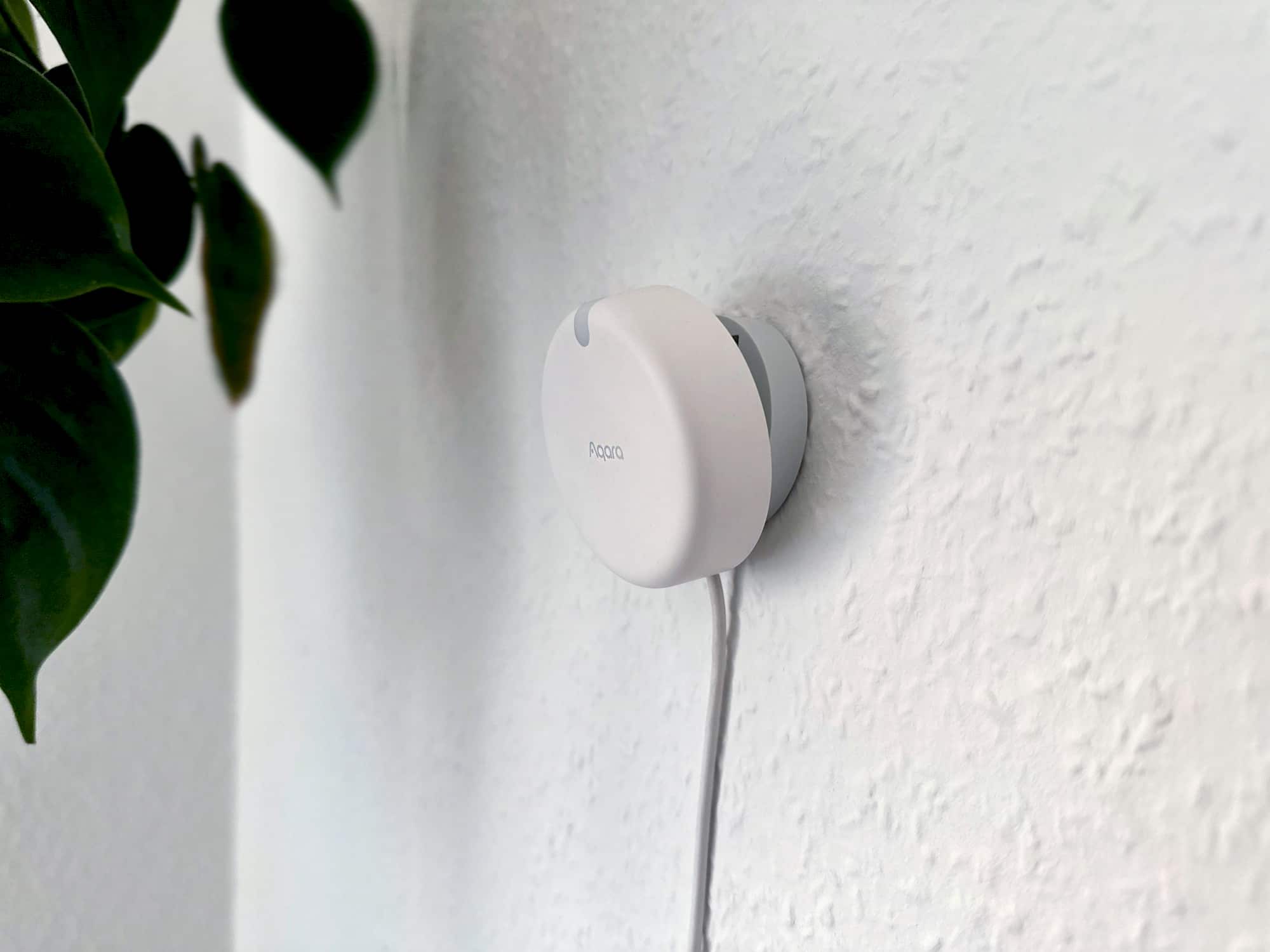
The sensor detects an area with a beam angle of 120° at a depth of 8m and a width of 6m. In the case of ceiling mounting, when mounted at a height of 2.5m, approximately an area with a diameter of about 2.8m is covered on the floor.
Functions in the Aqara app
In the Aqara app, the working mode can be set to activate either person detection or fall detection. If the sensor is installed upside down, the orientation can also be adjusted. In addition, there are various adjustment screws to regulate the sensitivity.

However, the zone management area is particularly interesting. Here, a floor plan of the room can be drawn in and monitoring areas and sources of interference can be defined. Each monitoring area becomes its own motion detector that can trigger automations.

Disturbance areas, including doors, should be entered if possible. The more markings are set, the more accurately the sensor can detect movements. To avoid false alarms, moving objects such as curtains, fans, or clothing moving in the wind should be marked as sources of interference. The stickers, on the other hand, are for illustration purposes only and have no effect on the function. To make it easier to get started, Aqara offers templates.
Each of the 320 squares in the floor plan corresponds approximately to an area of 0.5 x 0.5m. Up to 30 zones can be created in total. The one-time setup can be a bit tricky, as it can always happen that you as a person are not visible on the floor plan, making it difficult to enter the areas.
The Aqara app offers a variety of triggers for automations. In addition to detecting presence in certain areas, detecting entry from the left or right, and presence for a certain duration, there are many other possible triggers that can be used.
Functions in Apple Home
In Apple Home, both the integrated light sensor and the presence sensor generally appear as devices. In addition, each drawn area appears as a separate presence sensor. For example, we have the sofa as well as the desk as separate areas. This can be used to create the following automations, among others.

When a person enters the living room and it is dark, a kind of night light automatically turns on. In addition, if a person is on the sofa, the floor lamp is switched on. If a person sits at the desk, the desk lamp turns on automatically.
The response time of the Aqara Human Presence Sensor FP2 is outstanding and the feedback is immediate. As soon as you sit down at your desk, the light is switched on immediately. And when you leave your desk again, the light goes out just as immediately, with no minimum on-time required.
Compared to a conventional motion detector, this eliminates the delay in turning off the light without leaving you in the dark in between. At least most of the time, but more on that later in the “Our experiences” section.
Future functions
The Aqara Human Presence Sensor FP2 already offers a wide range of features, but more features are expected to be made available through firmware updates in the future.

Among other things, this includes support for the new Matter smarthome standard. Furthermore, there should also be a detection of the body posture, which makes it possible to recognize lying, sitting or standing.
In addition, there should be sleep monitoring and monitoring of the number of people present. In addition, it should be possible in the future to place several Aqara FP2 on one floor plan.
Our experience
Our experience with the Aqara Human Presence Sensor has been mostly positive. Particularly noteworthy is the very fast and reliable detection of presence or absence, which makes it possible to implement precise lighting control.
However, setting up the sensor can be a bit tricky and tedious. We have found that detection is very accurate in most cases, but can cause confusion in rare cases when there are multiple people in the room. In our case, the sensor hangs behind the TV and we have found that it sometimes gets confused when one person is sitting at a desk and another person is exercising in front of the TV. In these cases, the desk light was sometimes turned off even though the person was still present.
Conclusion
The Aqara FP2 presence sensor offers many advantages over traditional PIR sensors and features mmWave technology. The sensor is able to perceive the smallest movements and detect the occupancy situation of specific zones within the room. The ability to distinguish between multiple people is also a big advantage.
However, installing and setting up the sensor can be a bit tedious, especially when creating the zones. In addition, the price is significantly higher than conventional motion detectors. For us, the Aqara FP2 is nevertheless an indispensable HomeKit device that we would like to use in more rooms in the future. You can get the presence sensor now at Amazon.



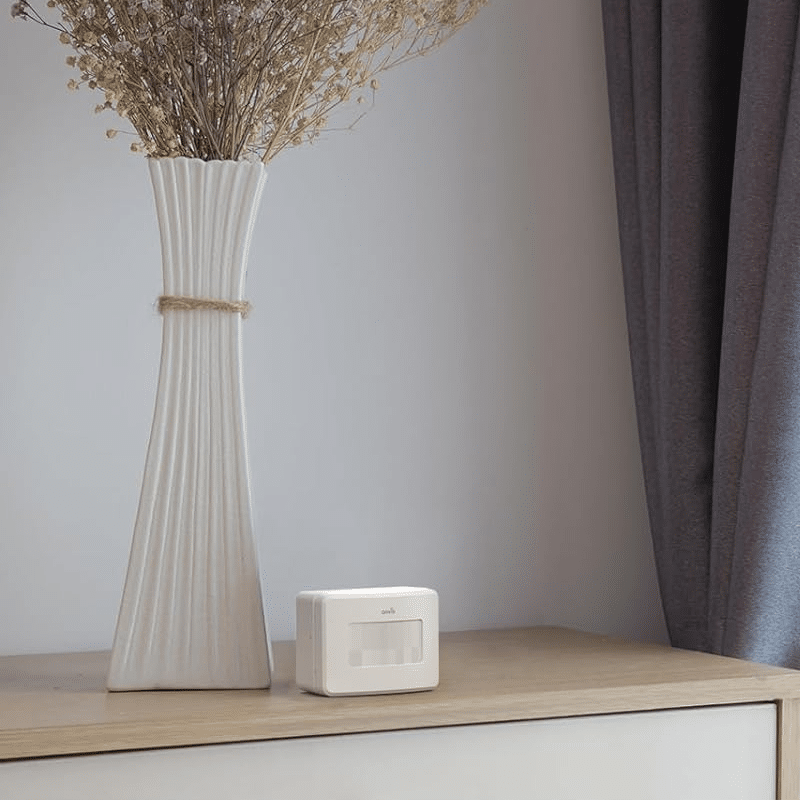
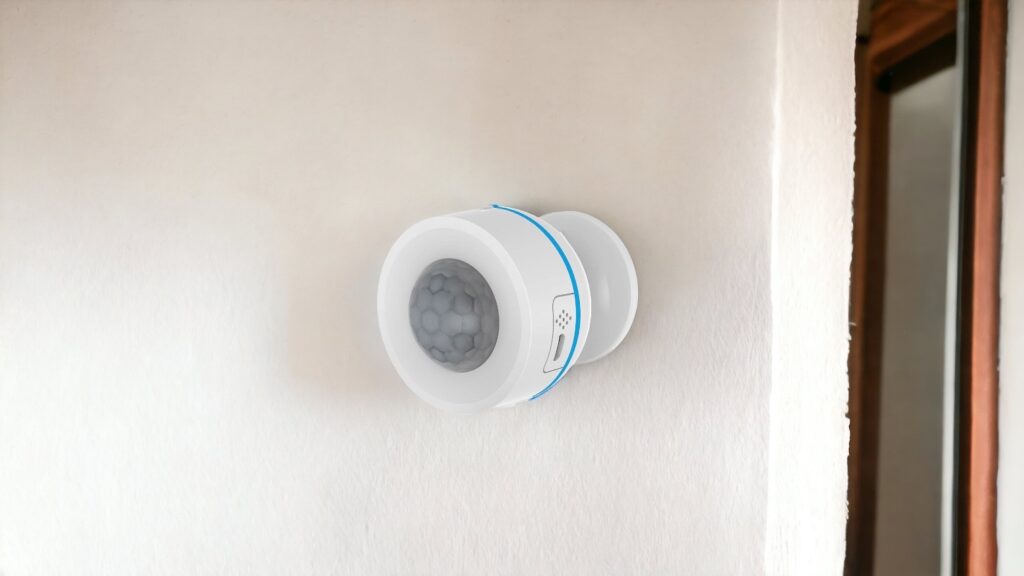

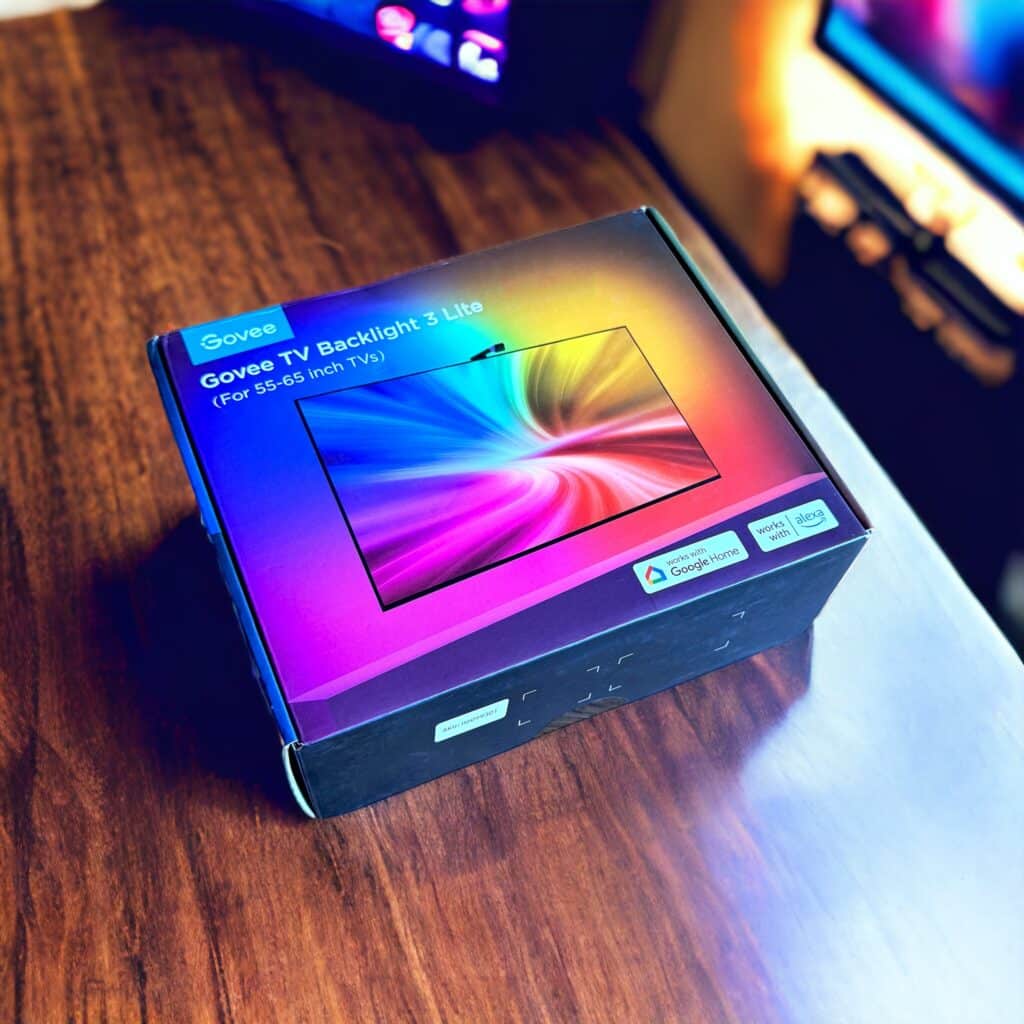
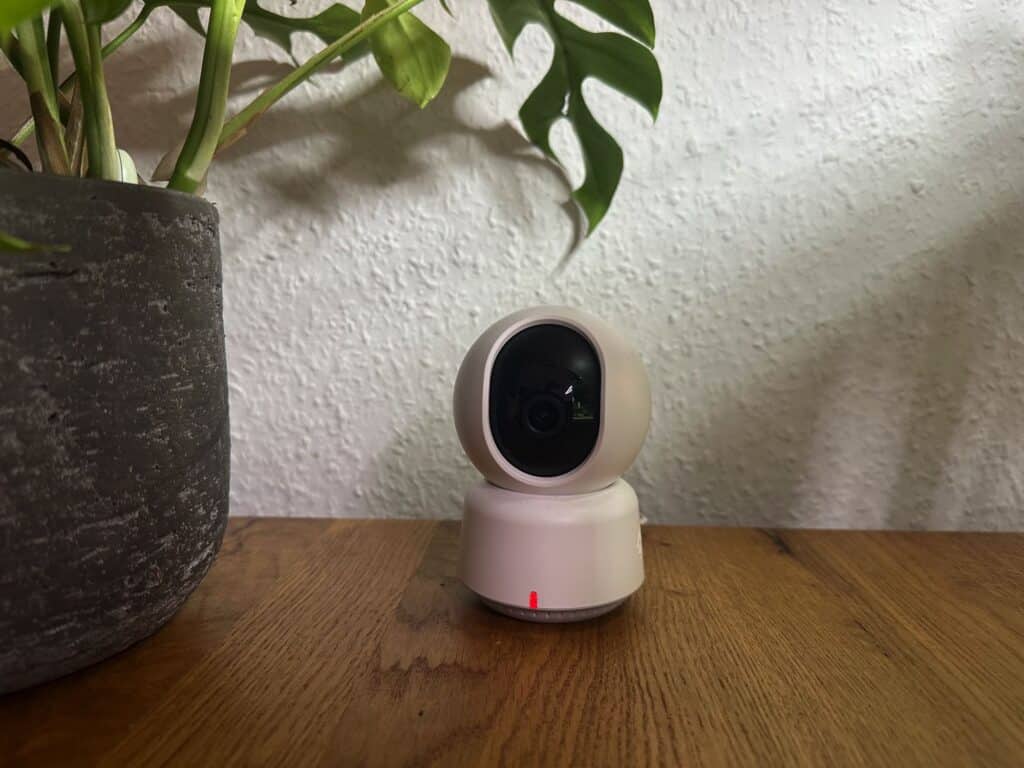
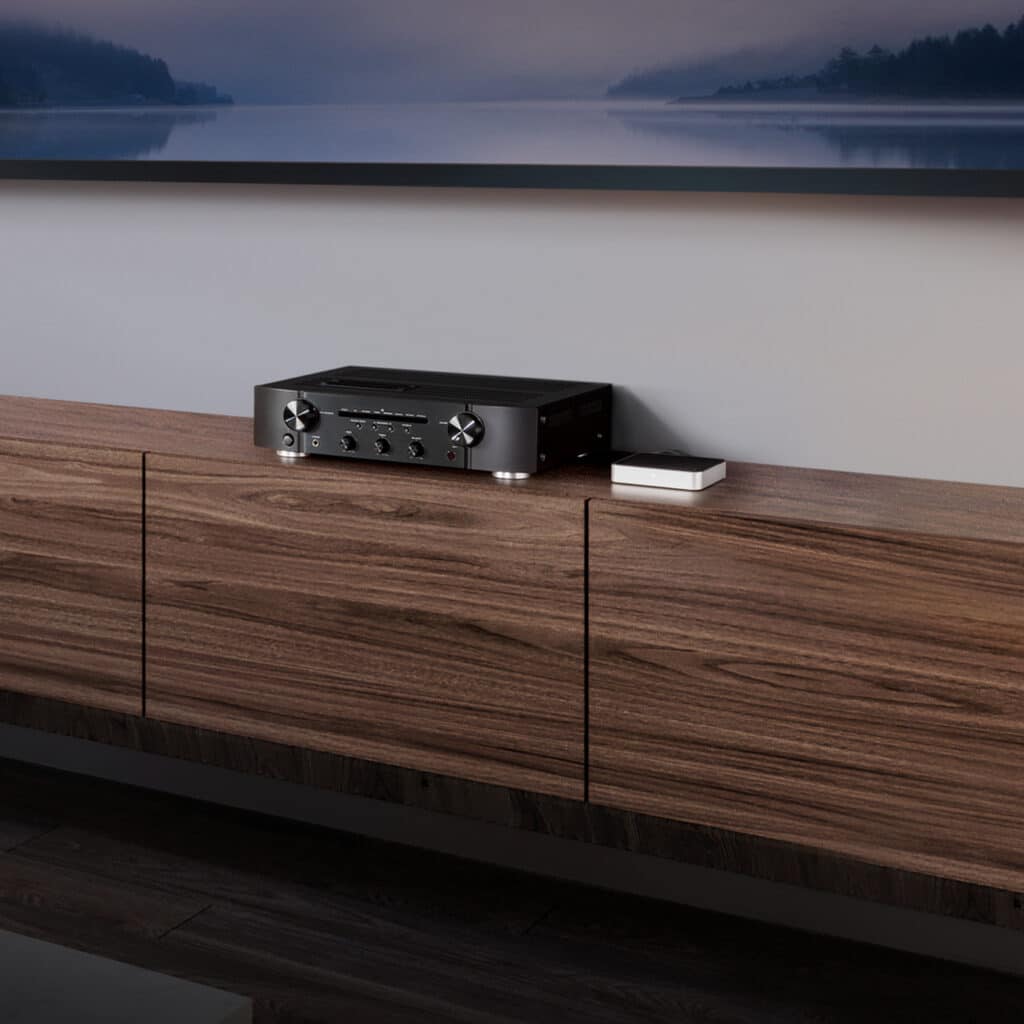
Leave a Reply